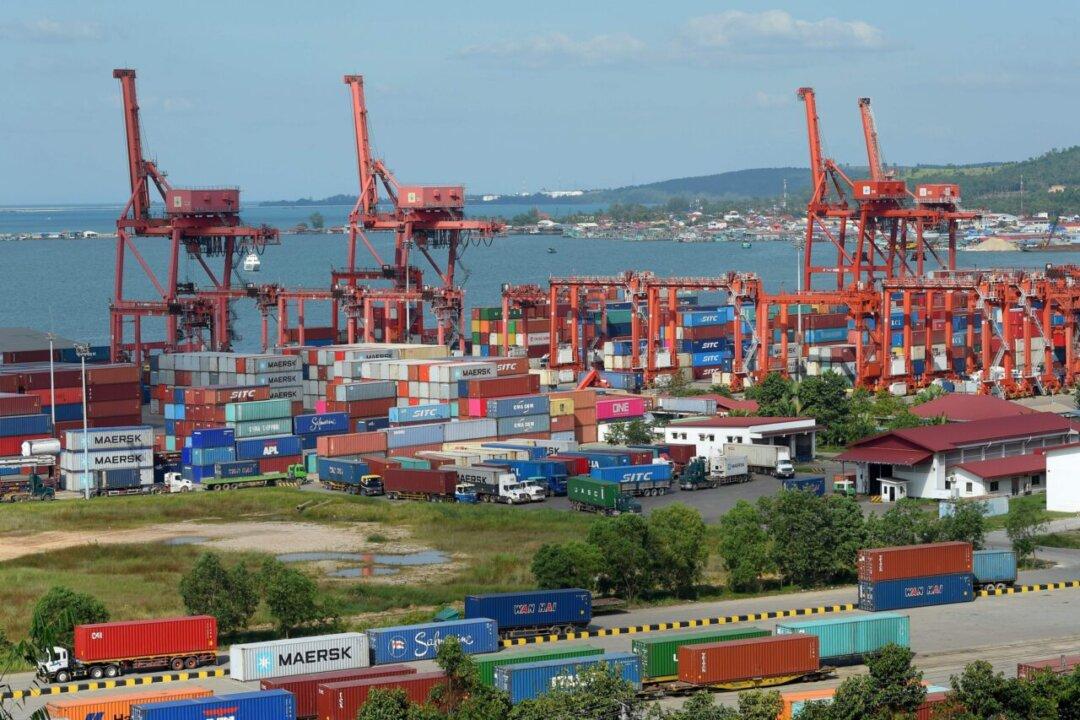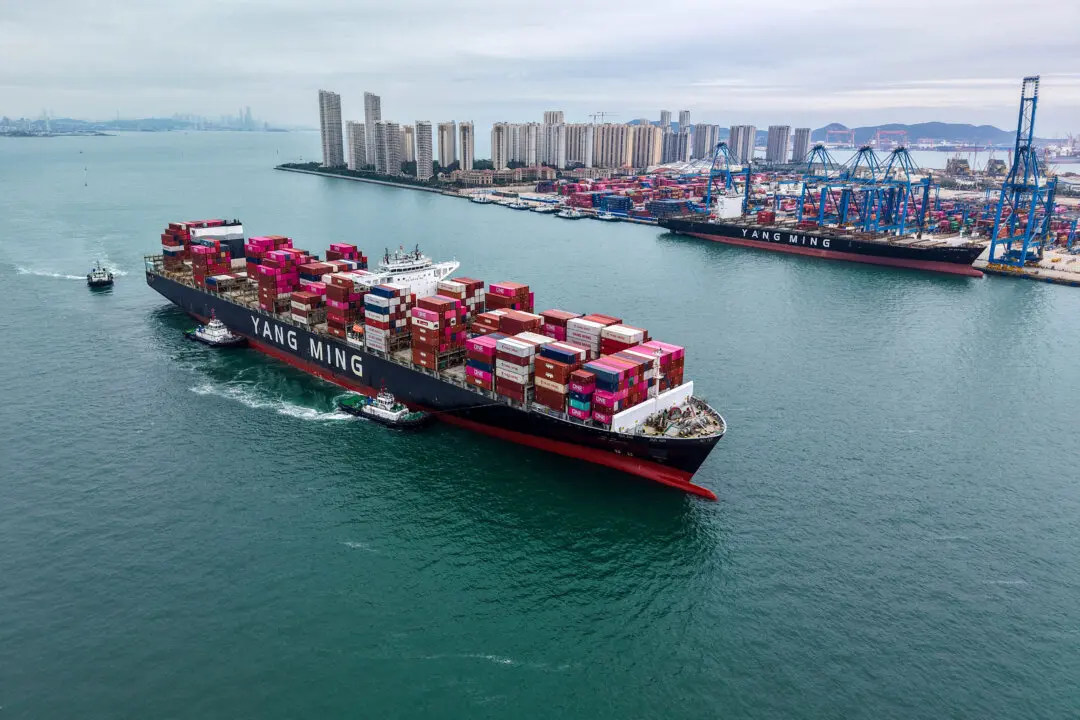Commentary
Since the end of World War II, the U.S. Navy has been responsible for maintaining open and orderly overseas trade routes throughout the world. The United States has borne the costs of doing so, as those trade routes are a key part of the U.S.-led international order.





